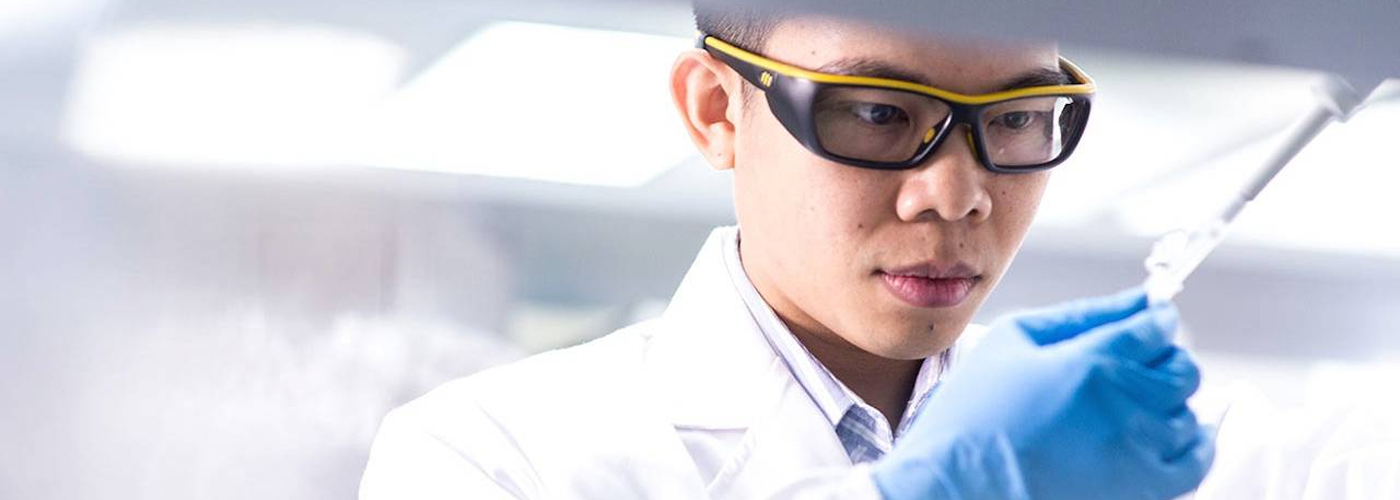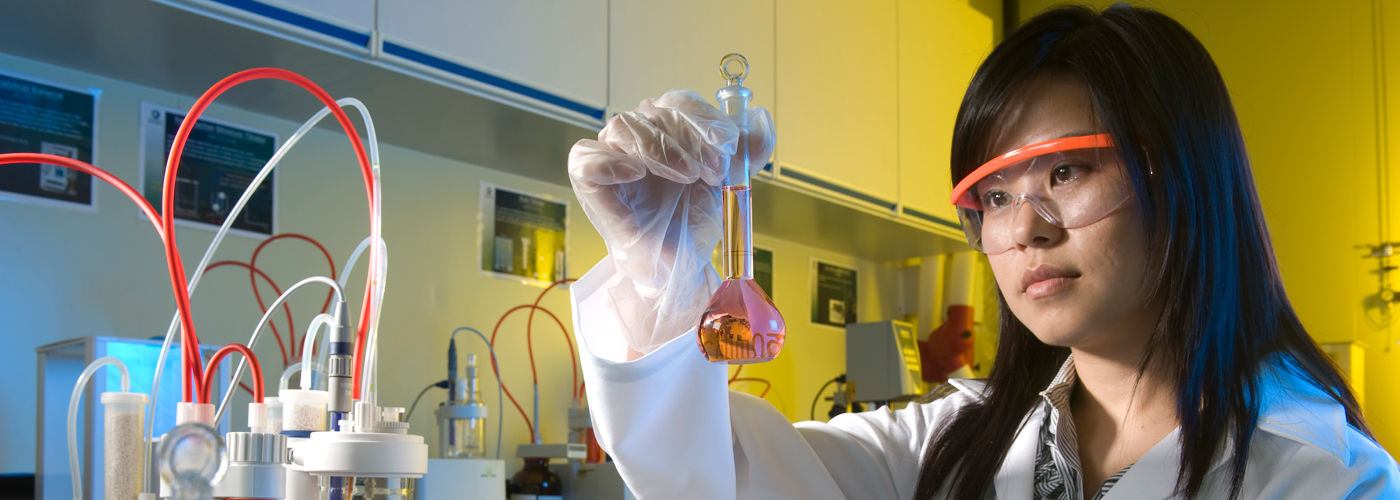Optical Imaging
NanoMediTech is developing new nanotechnology enhanced optical imaging instruments that greatly increase the optical imaging capability and enabling photo-thermal treatments.
The process of Near Infrared (NIR) region fluorescence imaging has proven to be very popular for the early detection of cancer. However, the existing NIR dyes that are in use suffer from a number of technical problems, including their stability within the body and low levels of brightness. NanoMediTech is developing nanoparticles that combine organic dyes with NIR dyes, combining optical light emissions with increased NIR fluorescence energy transfer, resulting in greatly enhanced imaging performance.
The host nanoparticles do not just act as transporting and stabilizing agents, but also act to transfer energy to the NIR dyes, vastly increasing their brightness. Additionally they bring the ability to treat the area photothermally.
Nano-enhanced Medical Dressings
NanoMediTech are developing a medical dressing with nanomaterials embedded within it that can detect infection and automatically treat it by releasing antibiotic agents.
The advanced dressing can detect the presence of the pathogenic bacteria that cause infections, triggering capsules of nanomaterials held within the dressing to release antibiotics and begin treating the infection before it has the chance to take hold. The capsules also contain a dye which will change the color of the dressing when the antibiotics are released, alerting medical staff of the infection as soon as it materializes.
The detection process is able to distinguish between those harmful bacteria that can lead to an infection, and not those normal, everyday bacteria that inhabit the skin and help to keep it healthy. This helps to reduce the chances of the harmful bacteria developing resistances to the antibiotics, such as has happened with the MRSA virus, as the antibiotics are only released if required.
Another positive side effective of the enhanced dressings is that it does not need to be changed as often, speeding up recovery times and reducing the chances of and severity of scarring from the wound.



